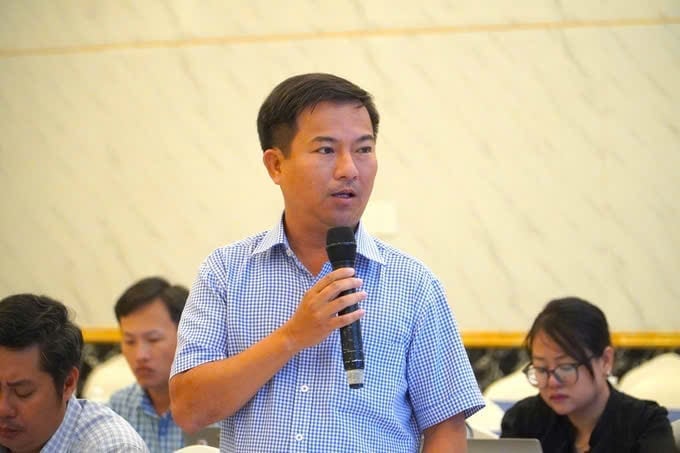
Mr. Nguyen Thanh Tung, Head of the Department of Irrigation of Ca Mau province. Photo: Trong Linh.
Mr. Nguyen Thanh Tung, Head of the Department of Irrigation of Ca Mau province, shared with the Agriculture and Environment Newspaper about the efforts, orientations and key solutions in natural disaster prevention and climate change adaptation in the province.
Sir, how has the natural disaster situation in Ca Mau province developed this year? What types of natural disasters have occurred frequently and caused the most notable damage?
Ca Mau is a province located in the southernmost part of the country, with low terrain and three sides bordering the sea, so it is strongly affected by climate change and natural disasters typical of the coastal areas of the Mekong Delta. In recent years, the frequency and intensity of extreme weather phenomena such as heat, drought, saltwater intrusion, heavy rain, strong winds, tornadoes, landslides... have all tended to increase, directly affecting production and people's lives.
From the beginning of 2025 until now, according to statistics from the Office of the Steering Committee for Natural Disaster Prevention and Search and Rescue of Ca Mau province, natural disasters such as landslides, tornadoes, heavy rains, strong winds at sea... have caused a lot of damage. Specifically, the whole province has 2 people injured; 171 houses were damaged, of which 35 completely collapsed and 136 houses had their roofs blown off.
In addition, the natural disaster also damaged 2 motorbikes, blew off the roof of a medical station's parking lot, 1 cultural and sports facility and 1 religious facility. Regarding agricultural production, more than 50 hectares of fruit trees and vegetables were damaged; 1,955 hectares of summer-autumn rice were flooded and 40 hectares were completely collapsed. The power system was affected with 26 electric poles falling and tilting. The total damage in the province was estimated at about 22 billion 365 million VND.
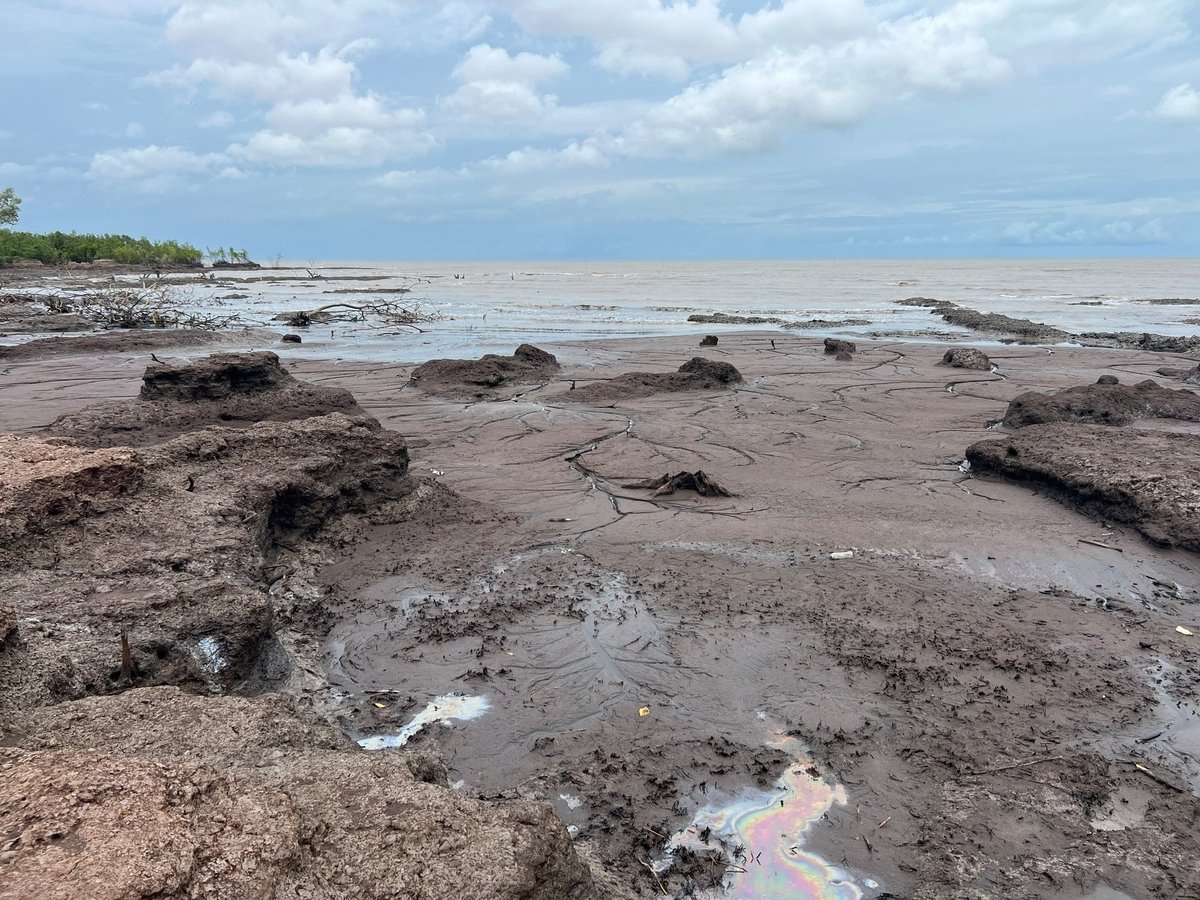
Over the past 10 years, Ca Mau province has lost more than 5,200 hectares of forest. Photo: Trong Linh.
These figures show that the impact of natural disasters on the province is still very large, especially in the context of increasingly unpredictable climate change. In addition to property damage, natural disasters also have long-term effects on agricultural production, change the soil structure, cause riverbank and coastal erosion and increase the risk of insecurity for people in coastal areas.
Faced with such unusual weather developments, what measures has the Department of Irrigation of Ca Mau province implemented to proactively respond and minimize damage to people in vulnerable areas?
First of all, we identify that disaster prevention and adaptation must be carried out proactively, continuously, and synchronously among all levels, sectors, and people. In particular, investing in and developing technology for accurate and timely hydrometeorological forecasting and warning is a key task to serve the direction and operation of disaster prevention.
In addition, the industry regularly organizes propaganda and training activities to raise awareness and response skills for the community, especially people living in coastal areas and river areas prone to landslides. Thereby helping people be more proactive in preventing and mitigating risks.
Every year, the Department coordinates with localities to review and update plans and plans for natural disaster prevention and adaptation to climate change to be closer to reality. Preparation of resources, materials, human resources and rescue equipment is always carried out in readiness, so that when a situation occurs, it can respond promptly and minimize damage.
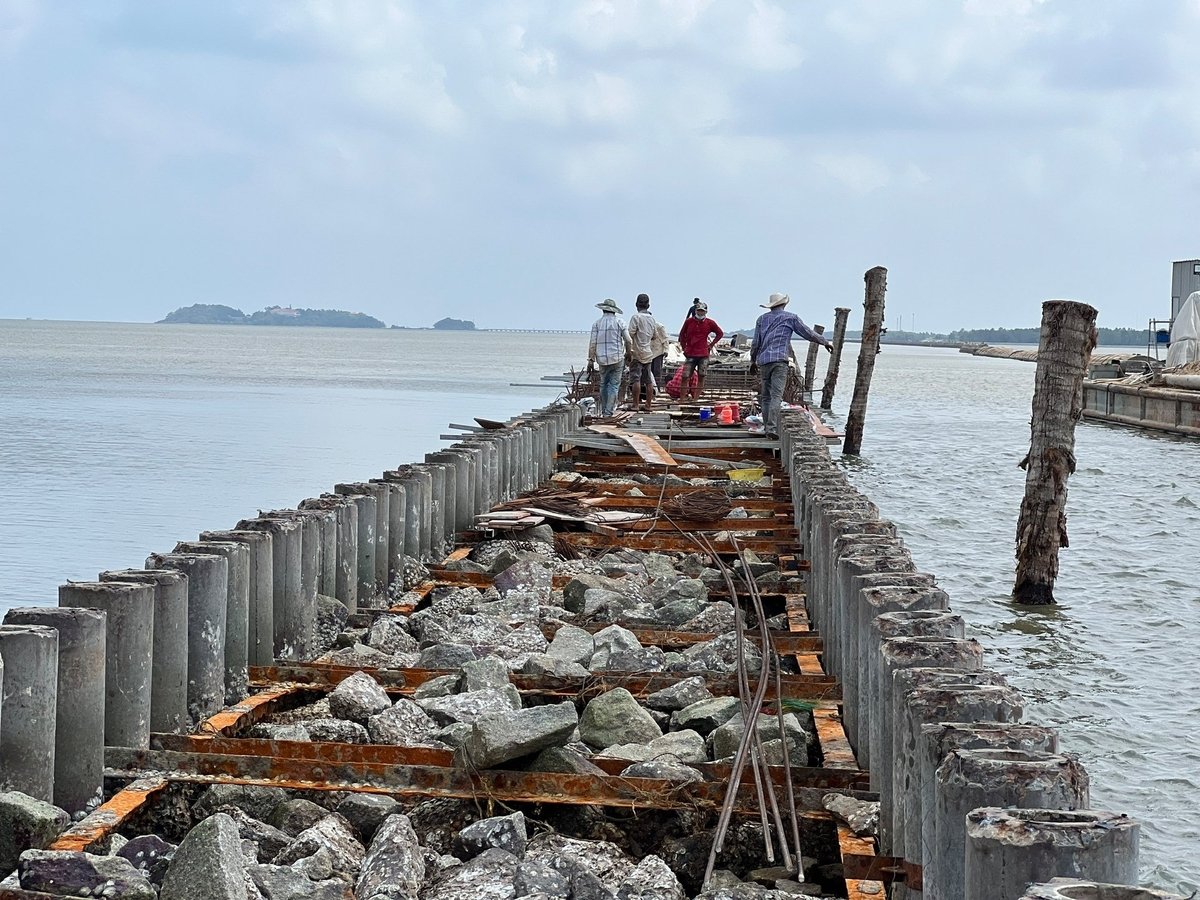
Ca Mau province builds anti-erosion embankment at the West sea dyke. Photo: Trong Linh.
In addition, the Department of Irrigation of Ca Mau province pays special attention to researching and evaluating the specific causes of each type of natural disaster such as drought, saltwater intrusion, landslides, etc. in order to propose engineering and non-engineering solutions suitable to resource conditions. For example, in preventing landslides, we combine the construction of anti-erosion embankments with "soft" solutions such as planting trees to create sediment, creating beaches, and restoring coastal forests.
Regarding people's livelihood, the province has been implementing plans to relocate and rearrange residents in areas frequently affected by natural disasters, moving people to safer places, and supporting livelihoods, creating conditions for a stable life. This not only ensures safety but also contributes to minimizing long-term losses, creating a foundation for sustainable development in the most severely affected areas.
In the context of increasingly complex climate change, to improve the ability to prevent and adapt to natural disasters in the coming time, does the Department have any recommendations or key solutions to protect production, especially in coastal areas and the province's freshwater-saltwater transition zone?
For Ca Mau, the coastal area is always the most important and vulnerable area. Therefore, we determined that we must simultaneously deploy structural and non-structural solutions flexibly, suitable for each ecological sub-region.
Specifically, in coastal areas, the Department recommends continuing to invest in developing soft revetments and wave-reducing revetments to create sedimentation, create beaches, and restore mangrove forests lost due to the impact of waves and high tides. This is considered a "green shield" to protect the mainland, both preventing erosion and contributing to the conservation of coastal ecosystems.
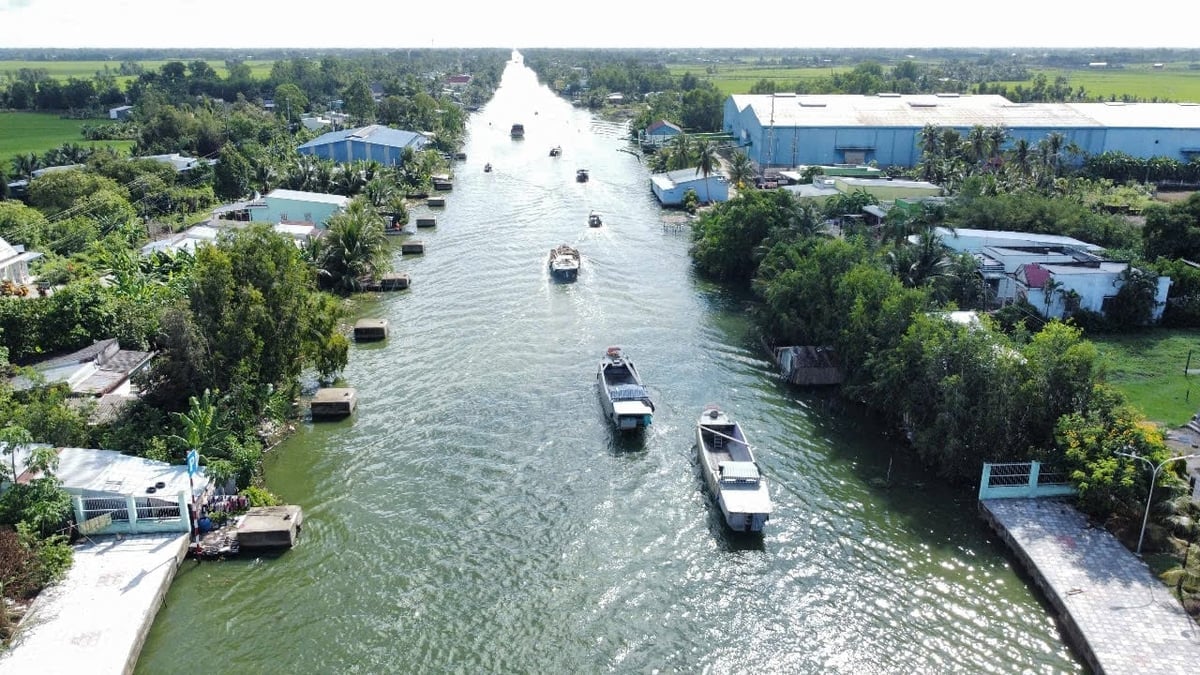
Ninh Quoi boat lock sluice gate effectively prevents salinity and retains fresh water. Photo: Trong Linh.
At the same time, the province needs to step up investment in a synchronous irrigation system including freshwater reservoirs, regulating sluice systems, and inter-regional canals to control saltwater intrusion and maintain fresh water for production and daily life. In the transitional freshwater-saltwater areas, production regulation and zoning need to be implemented flexibly to ensure people's livelihoods and effectively adapt to natural conditions.
In agricultural production, it is necessary to promote the transformation of crop and livestock structures towards diversification, adapting to natural disasters and climate change. Models such as rice - shrimp, rice - color, or shrimp - forest have proven to be effective in practice, both increasing economic value and minimizing risks when the weather is unfavorable. The use of salt-tolerant and drought-tolerant rice varieties with high quality will help increase productivity and stabilize income for farmers.
Regarding water resources, the urgent solution now is to invest in rainwater reservoirs, dredging and expanding the canal system, especially in the Upper U Minh and Lower U Minh regions to store water for daily life and production during the dry season. Local authorities also encourage people in coastal areas to build household-scale rainwater tanks, both to save costs and to proactively source fresh water.

Ca Mau applies mechanization in agricultural production. Photo: Trong Linh.
In the long term, Ca Mau province needs a large-scale project to bring fresh water from the Hau River to serve production and daily life, especially for severely drought-affected areas. In addition, it is necessary to invest in a system of works to regulate and control water quality suitable for each sub-region, ensuring sustainable development of combined agriculture, forestry and fishery models.
In addition, the investigation, assessment and effective management of resources, especially water resources, must be given top priority. Using water economically, increasing reuse, and combining new technology in agricultural production are inevitable directions for long-term adaptation to climate change.
Thank you.
Source: https://nongnghiepmoitruong.vn/chu-dong-ung-pho-thien-tai-thich-ung-linh-hoat-bien-doi-khi-hau-d781971.html


![[Photo] General Secretary To Lam receives Singaporean Ambassador Jaya Ratnam](https://vphoto.vietnam.vn/thumb/1200x675/vietnam/resource/IMAGE/2025/11/03/1762171461424_a1-bnd-5309-9100-jpg.webp)
![[Photo] Fall Fair 2025 and impressive records](https://vphoto.vietnam.vn/thumb/1200x675/vietnam/resource/IMAGE/2025/11/03/1762180761230_ndo_br_tk-hcmt-15-jpg.webp)
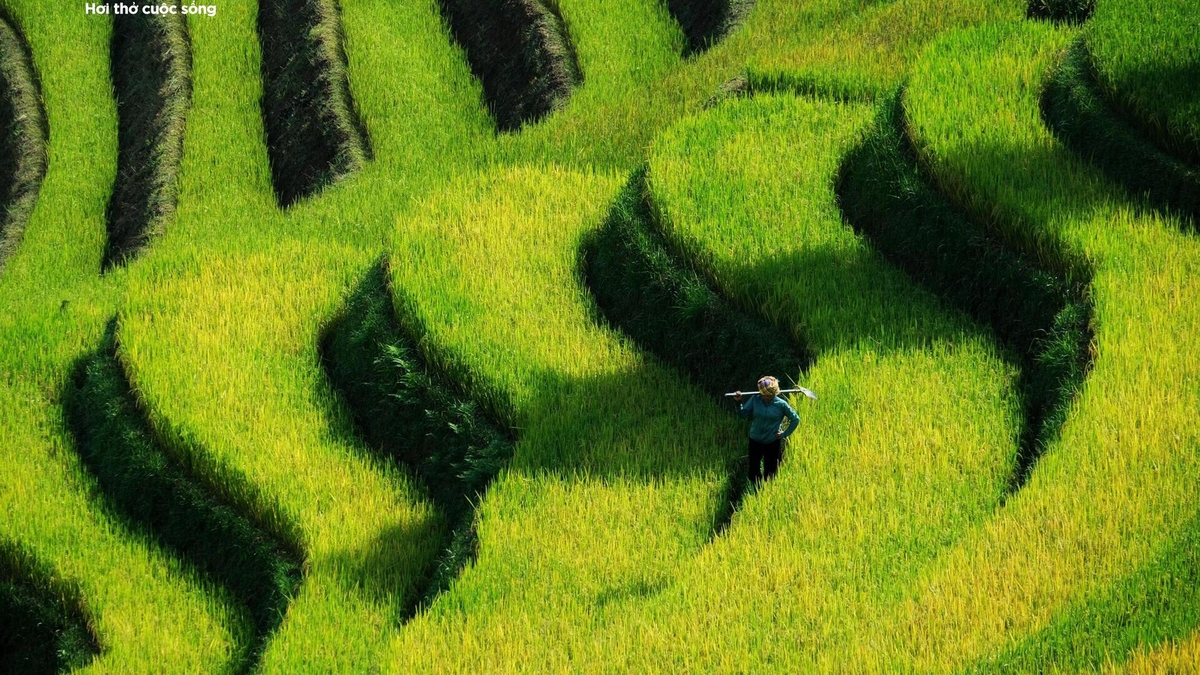
![[Photo] Prime Minister Pham Minh Chinh receives the Chairman of the Japan-Vietnam Friendship Association in the Kansai region](https://vphoto.vietnam.vn/thumb/1200x675/vietnam/resource/IMAGE/2025/11/03/1762176259003_ndo_br_dsc-9224-jpg.webp)

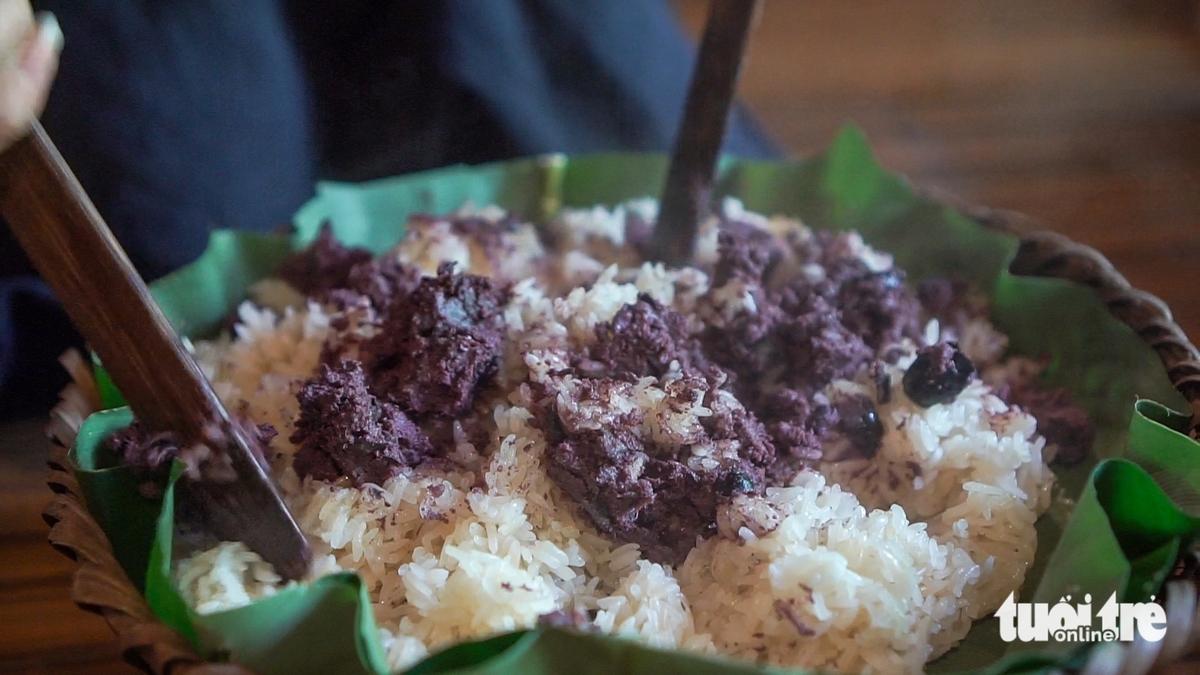




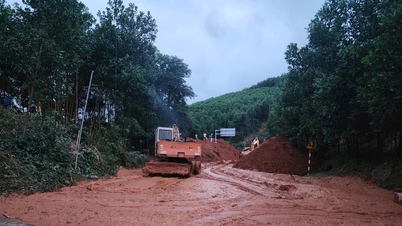


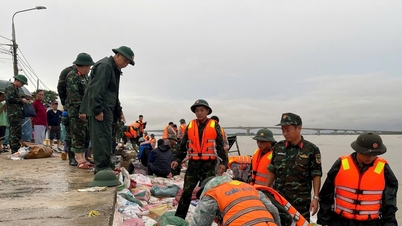






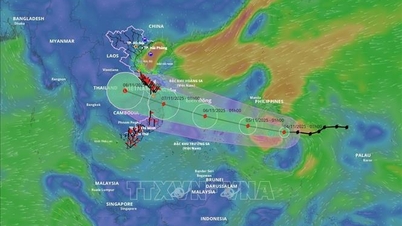











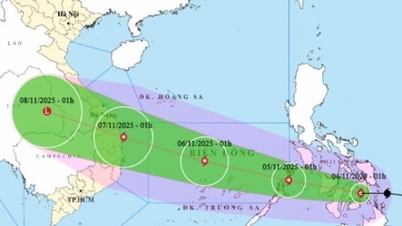
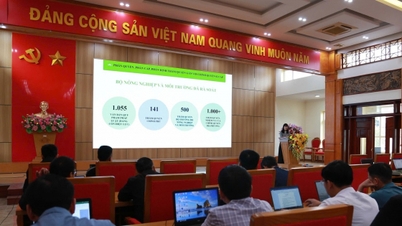


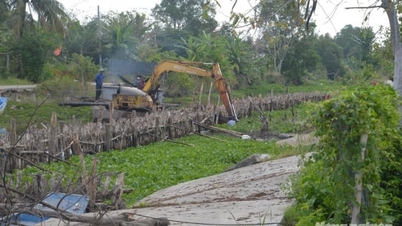

























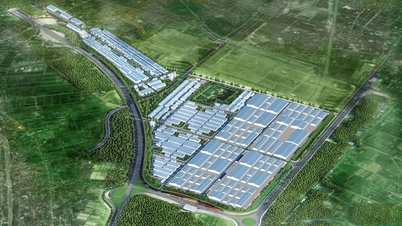










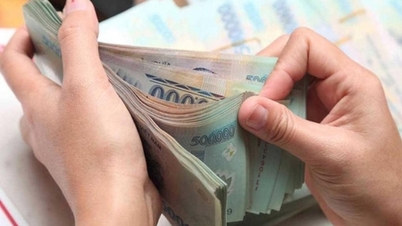









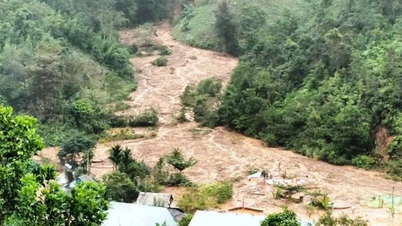
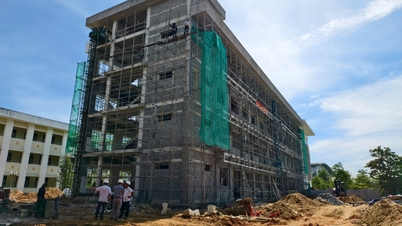





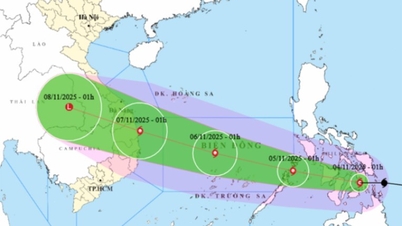















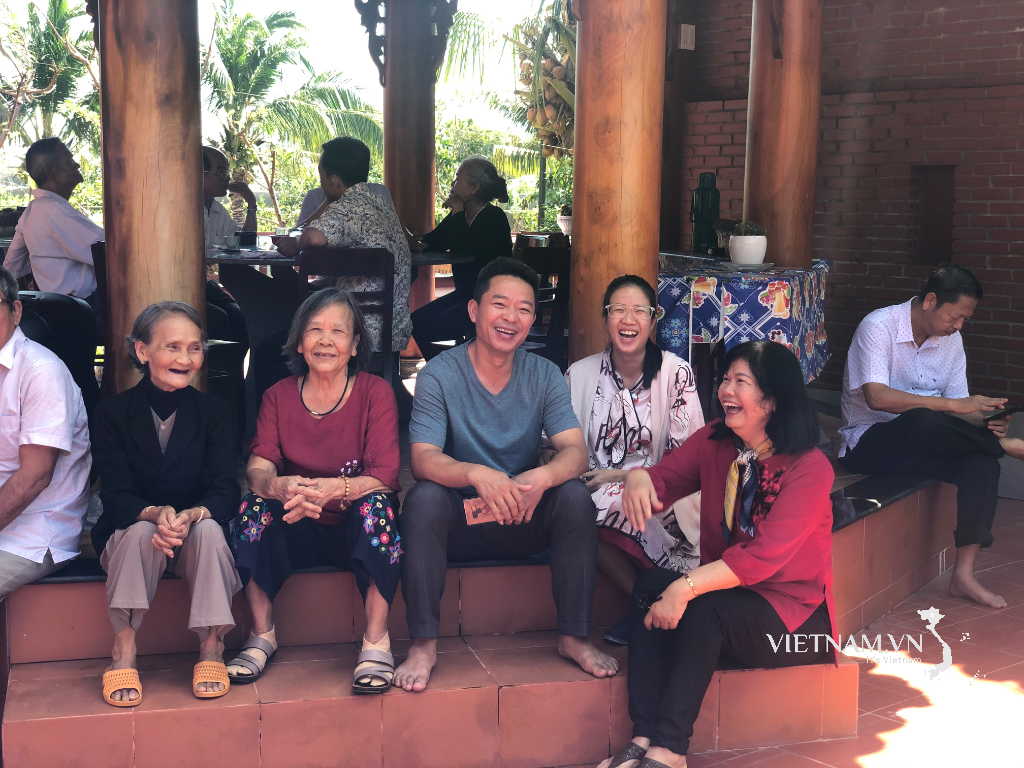
Comment (0)